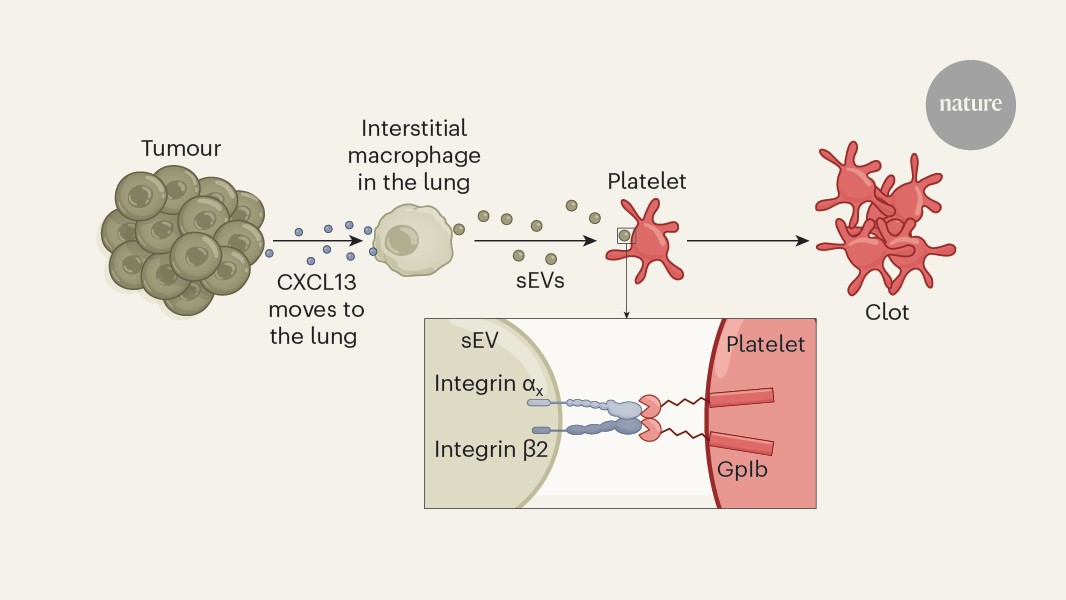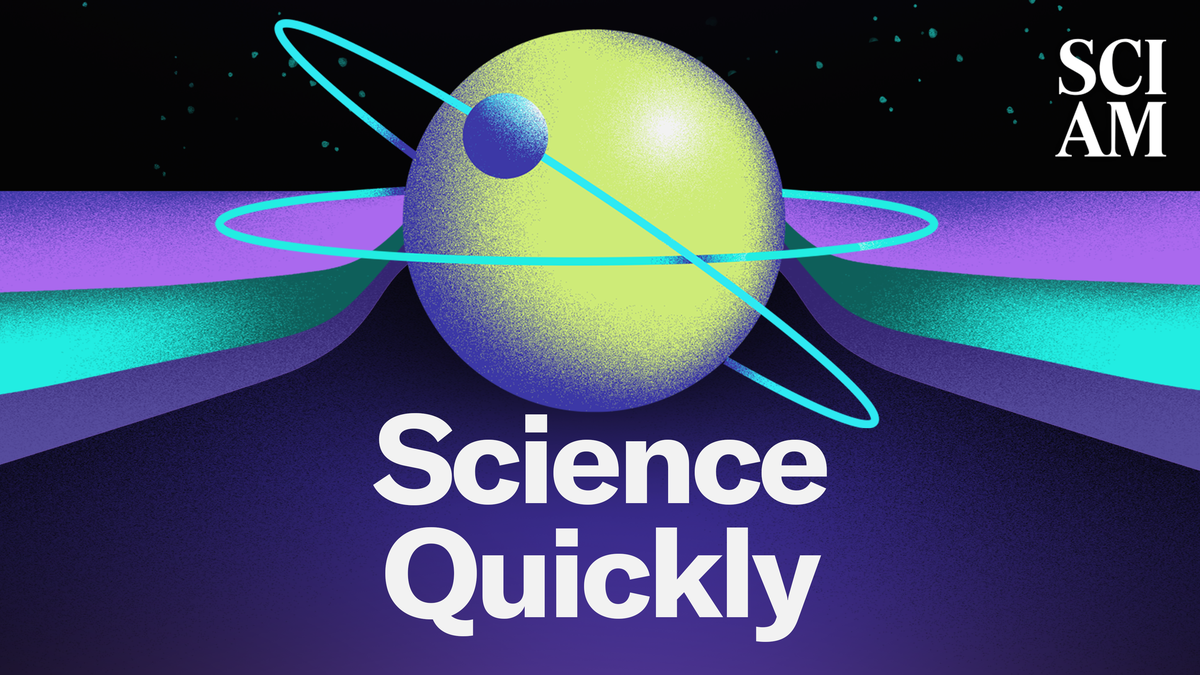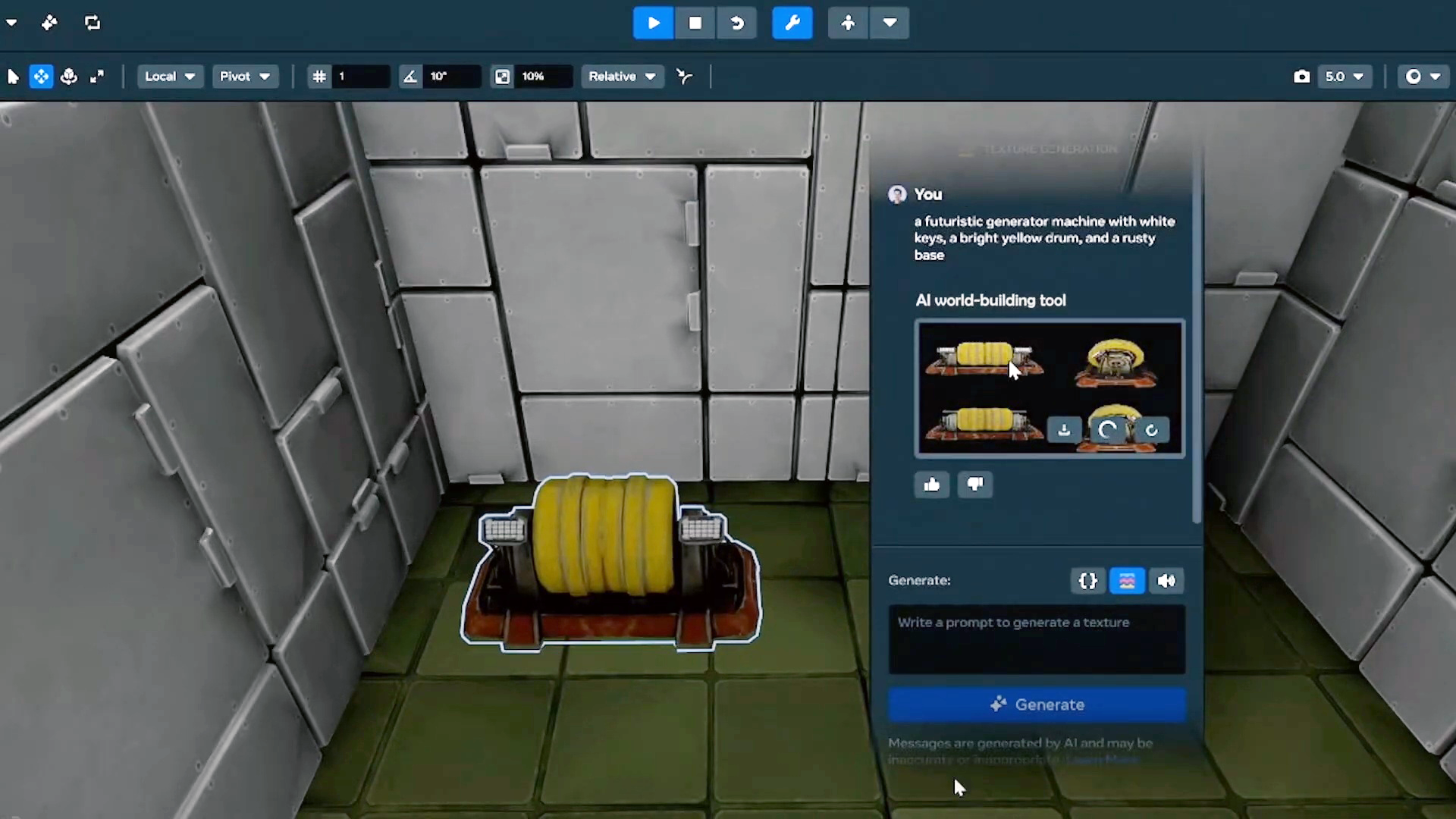Click Therapeutics Obtains FDA Authorization for First Prescription Digital Therapeutic for Migraine Prevention
What You Should Know: – Click Therapeutics, Inc. (“Click”), a leader in the rapidly evolving field of prescription medical treatments, encompassing both prescription digital therapeutics (PDTs) and software-enhanced drug™ therapies has received FDA marketing authorization for CT-132, the first prescription digital therapeutic specifically indicated for the preventive treatment of episodic migraine in adults aged 18 ... Read More


What You Should Know:
– Click Therapeutics, Inc. (“Click”), a leader in the rapidly evolving field of prescription medical treatments, encompassing both prescription digital therapeutics (PDTs) and software-enhanced drug therapies has received FDA marketing authorization for CT-132, the first prescription digital therapeutic specifically indicated for the preventive treatment of episodic migraine in adults aged 18 and older.
therapies has received FDA marketing authorization for CT-132, the first prescription digital therapeutic specifically indicated for the preventive treatment of episodic migraine in adults aged 18 and older.
– The FDA granted a De Novo Classification Request for CT-132, signifying the novel nature of this digital intervention. This PDT is intended for adjunctive use alongside existing acute and/or other preventive migraine treatments, offering patients an additional tool in their management strategy.
CT-132 Prescription Digital Therapeutic
The CT-132 prescription digital therapeutic is indicated for the preventive treatment of episodic migraine in patients 18 years of age and older. It is intended for adjunctive use alongside acute and / or other preventive treatments for migraine. The FDA’s decision was primarily based on compelling data from the pivotal ReMMi-D (Reduction in Monthly Migraine Days, NCT05853900) study. This study evaluated CT-132 in patients already taking standard-of-care prescription migraine medications (including acute, first-line preventive, and second-line preventive treatments) and successfully met its primary endpoint of significantly reducing monthly migraine days.
ReMMi-D and ReMMiD-C Studies
Further supporting the authorization were results from the ReMMiD-C bridging study (NCT06004388). This study demonstrated that CT-132 performed similarly in patients also taking the newer class of migraine-specific medications, calcitonin gene-related peptide (CGRP) inhibitors. The data from ReMMiD-C was included in the FDA’s premarket review, further bolstering the evidence for CT-132’s effectiveness.
Clinical testing revealed that CT-132, when used alongside existing migraine treatments, provided a clinically meaningful benefit beyond that achieved with pharmacotherapy alone. This positions CT-132 as a promising candidate for future development as a software-enhanced drug therapy, a category pioneered by Click’s new product offering, Click SE
therapy, a category pioneered by Click’s new product offering, Click SE , launched in October 2024. This innovative approach combines software with traditional pharmacotherapy to target the unique needs of specific medications and deliver enhanced clinical benefits. This strategy aligns with the increasing interest and FDA draft guidance on Prescription Drug Use-Related Software (PDURS).
, launched in October 2024. This innovative approach combines software with traditional pharmacotherapy to target the unique needs of specific medications and deliver enhanced clinical benefits. This strategy aligns with the increasing interest and FDA draft guidance on Prescription Drug Use-Related Software (PDURS).
Safety Information
There are no contraindications to using CT-132. It is crucial to note that CT-132 is not intended to be used as a standalone therapy and does not replace or substitute other migraine treatments, including medication. Patients should continue their current treatment as directed by their healthcare provider.
“With this landmark, first-in-class FDA authorization in episodic migraine, Click’s interventions have now demonstrated clinically meaningful benefit across three unique therapeutic areas, including psychiatry, cardiometabolic disease and now neurology,” said David Benshoof Klein, chief executive officer of Click Therapeutics. “As the first authorization in our neurology pipeline, and the first of our PDTs to target and successfully treat a pain-related condition, it confirms the power of Click’s platform to deliver meaningful outcomes across therapeutic areas.”




























































































































![The breaking news round-up: Decagear launches today, Pimax announces new headsets, and more! [APRIL FOOL’S]](https://i0.wp.com/skarredghost.com/wp-content/uploads/2025/03/lawk_glasses_handson.jpg?fit=1366%2C1025&ssl=1)















